gas pipe for slide in range modification questions
Arvind Swaminathan
4 years ago
Featured Answer
Sort by:Oldest
Comments (49)
Michelle misses Sophie
4 years agolast modified: 4 years agoArvind Swaminathan thanked Michelle misses SophieUser
4 years agolast modified: 4 years agoRelated Discussions
Ugh! Gas pipe is preventing Wolf range install!
Comments (15)You do not need to get permits from the LPC for rerouting a gas line . . . unless the reroute somehow alters the visible, exterior facade of the building. Not. What you need for the reroute, though, is a permit from DOB (Department of Buildings). And, yes, rerouting will be somewhat of a big deal for you since you will likely need to do a gas shut-off to the whole building, not just your unit. And, yes, you'll probably need board approval and will probably piss off your some of your neighbors for a temporary gas shut-off, to be sure. Still, what are you going to do? Return the stove? Not complete your kitchen reno? Double NOT! Pissed off co-op boards and co-op neighbors or not, there is a reasonable answer to your problem. And a really experienced, very competent, licensed master plumber knows exactly what to do. Yet, it sounds like you are getting into a tizzy over this before having your plumber weigh in with a proposed solution. What does your plumber say? And, is he licensed? If not, now is the time to get some competitive bids (from licensed plumbers) for this problem. Not only will you get some "expert" feedback on your problem, but also, you will also have a much better sense of just how expensive the fix really is. Lotsa hugs and good luck!...See MoreGas range-slide in or stand alone? Dual Fuel?
Comments (18)Wow! I am doing the exact same thing as you right now. I also really like to bake an I'm used to an electric oven. Wanting to move to gas for the cooktop advantage of gas so was really researching dual fuel. That's when I found induction. ( AnnieDeighnaugh is right). Induction gets rave reviews on the cooktop ~ both former gas and electric users would never go back. Plus I won't have to deal with a prophane tank and plumbers bill. I Also am stuck on freestanding or slide in but my thing is I love the look of slide in but don't want to spend the extra money on the slide in plus the extr expense of a filler piece on the back ( $130) or the granite piece there. Still not sure what I'm going to do. Might have to go with freestanding and hope the ugly back piece sticking up won't bother me after awhile because I want to spend that $ somewhere else. My KD just came up with a plan that includes built in bench seating with storage under my bay window. So excited!...See MoreGas pipe preventing slide in from going far enough back
Comments (3)We had the same problem with our free standing GE Cafe gas range. The range has a part sticking out about 7" above ground right in the middle and that happened to coincide with where the pipeline was coming out (I hope this makes sense). We had a gas guy come in and put an elbow at the end of the gas pipe to change its direction. I was soooo happy to pay that additional $99.95 when I saw it worked....See MoreIkea Framtid Slide-In Gas Range Side Panel
Comments (0)Hi there! I moved into a new apartment, and the landlord has installed a discontinued Ikea Framtid slide-in gas range at the end of the cabinets. Unfortunately, he left the side of it unfinished, which is pretty ugly and probably not ideal for pets/kids anyway. It looks like there's no side panel from Ikea directly - does anyone know if I can use a replacement side panel from another manufacturer without a whole lot of effort/modification? Best guess measurement for the panel is 24"w x 35.25"h. Thanks in advance! - Emmett...See MoreArvind Swaminathan
4 years agoUser
4 years agolatifolia
4 years agoscottie mom
4 years agoJake The Wonderdog
4 years agolast modified: 4 years agoArvind Swaminathan
4 years agolast modified: 4 years agoArvind Swaminathan
4 years agolast modified: 4 years agoArvind Swaminathan
4 years agoArvind Swaminathan
4 years agolast modified: 4 years agoArvind Swaminathan
4 years agoArvind Swaminathan
4 years agoSammy
4 years agolast modified: 4 years agoJoseph Corlett, LLC
4 years agobry911
4 years agolast modified: 4 years agoJake The Wonderdog
4 years agolast modified: 4 years agowacokid
4 years agobry911
4 years agoJake The Wonderdog
4 years agowacokid
4 years agobry911
4 years agolast modified: 4 years agowacokid
4 years agolast modified: 4 years agobry911
4 years agolast modified: 4 years agoArvind Swaminathan
4 years agolast modified: 4 years agoArvind Swaminathan
4 years agolast modified: 4 years agoJake The Wonderdog
4 years agolast modified: 4 years agoArvind Swaminathan thanked Jake The WonderdogArvind Swaminathan
4 years agoJake The Wonderdog
4 years agolast modified: 4 years agoArvind Swaminathan thanked Jake The WonderdogArvind Swaminathan
4 years agoJake The Wonderdog
4 years agolast modified: 4 years agoArvind Swaminathan
4 years agotatts
4 years agoArvind Swaminathan
4 years agobry911
4 years agolast modified: 4 years agoArvind Swaminathan
4 years agolast modified: 4 years agoJake The Wonderdog
4 years agolast modified: 4 years agoArvind Swaminathan thanked Jake The WonderdogArvind Swaminathan
4 years agoArvind Swaminathan
4 years agoUser
4 years agoArvind Swaminathan
4 years ago
Related Stories

LANDSCAPE DESIGN10 Questions to Ask a Landscape Designer
Discover how to choose the best designer for your yard and avoid surprises down the line
Full Story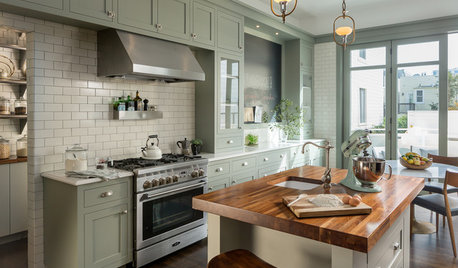
KITCHEN DESIGN7 Tricky Questions to Ask When Planning Your New Kitchen
Addressing these details will ensure a smoother project with personalized style
Full Story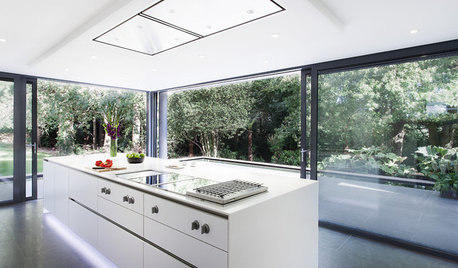
KITCHEN APPLIANCESDisappearing Range Hoods: A New Trend?
Concealed exhaust fans cut visual clutter in the kitchen
Full Story
KITCHEN DESIGNHow to Find the Right Range for Your Kitchen
Range style is mostly a matter of personal taste. This full course of possibilities can help you find the right appliance to match yours
Full Story
REMODELING GUIDESConsidering a Fixer-Upper? 15 Questions to Ask First
Learn about the hidden costs and treasures of older homes to avoid budget surprises and accidentally tossing valuable features
Full Story
KITCHEN APPLIANCESWhat to Consider When Adding a Range Hood
Get to know the types, styles and why you may want to skip a hood altogether
Full Story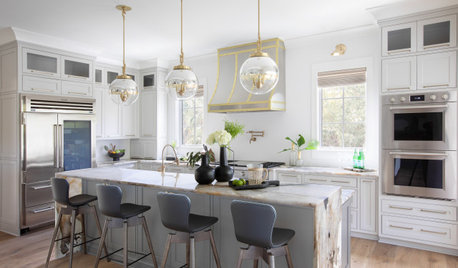
KITCHEN DESIGNDesigner Tips for Range Hoods, Appliances and Lighting
Learn how to get your microwave height just right, what kind of bar stool will be most comfortable and more
Full Story
HOUSEKEEPINGHow to Clean Your Range and Oven
Experts serve up advice on caring for these kitchen appliances, which work extra hard during the holidays
Full Story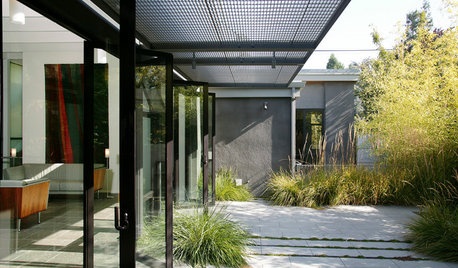
EXTERIORSPros Answer Your Questions About Metal-Frame Doors
Find out what to consider when adding these chic, industrial-style interior and exterior doors
Full Story
MOVINGHiring a Home Inspector? Ask These 10 Questions
How to make sure the pro who performs your home inspection is properly qualified and insured, so you can protect your big investment
Full Story


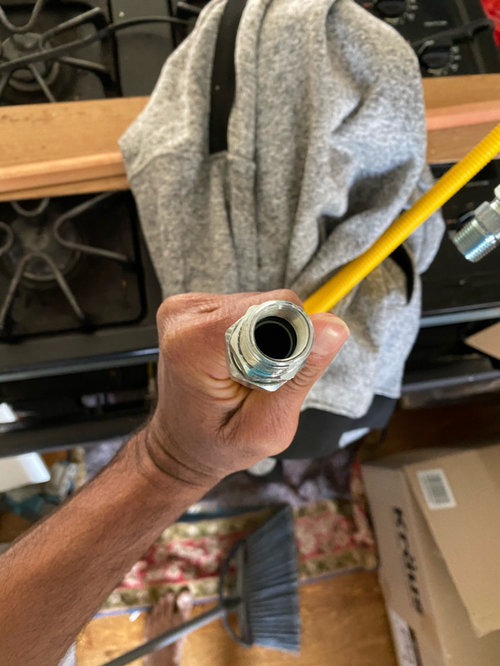






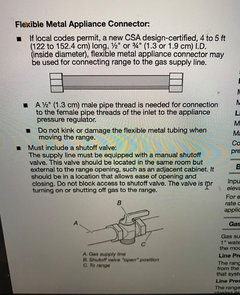










Jake The Wonderdog